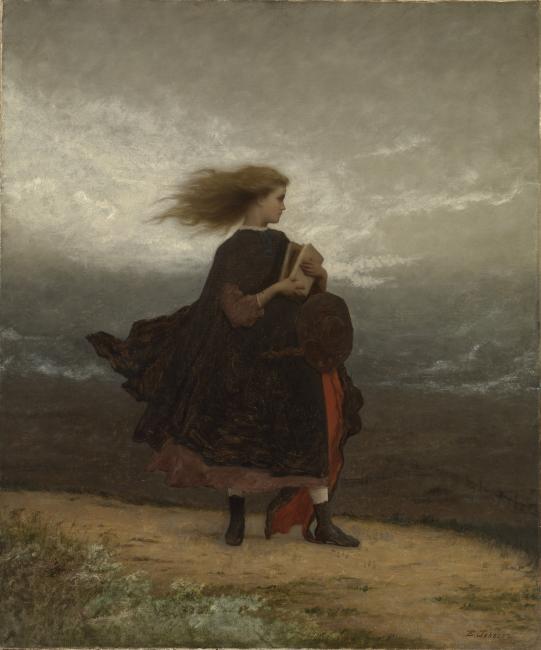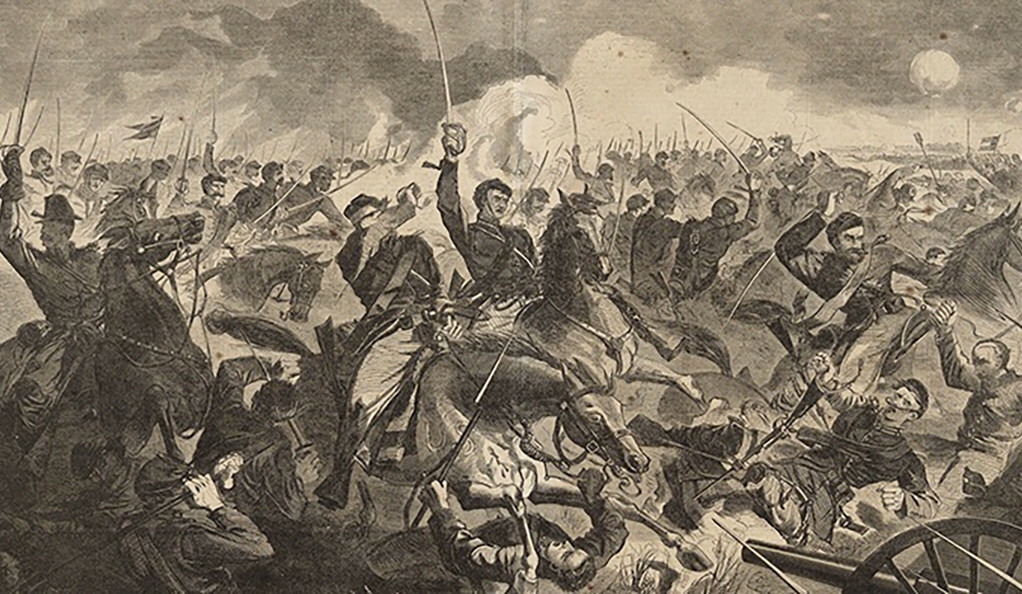Introduction to Realism and Naturalism
Curtailing the end of the Civil War, the Naturalistic and Realistic Period came as direct opposition to the Romantic Period’s optimistic view of humanity and nature. Due to the deadly conflict of the Civil War and the carnage following, the United States were still trying to regain a unified nation under God without any supposed illusions about human nature and the nature of reality itself when Naturalist and Realistic authors took center stage. All issues during the Romantic Era that were glanced over by the leaders of America were brought to light during this time, opening up more political as well as cultural improvements. While Romantic authors focused on reality seen through rose-tinted lenses, authors during this era played with the idea of manipulating the perspective of their stories to alter the presumed reality. Authors from this era also portrayed humanity from a more physical and a much less philosophical perspective compared to how the Romantic authors would portray humanity. In addition, Realism and Naturalism gained momentum as being responses to Romanticism, Realism grounding itself on the reality transcribed by authors during the time period and Naturalism works off the idea that that forces larger than an individual – nature, fate, heredity – shape that person’s destiny (Class Notes).
Frederick Douglass and Being a Self-Made Man
During the era of Naturalism and Realism, Frederick Douglass was born into slavery in Maryland. Although raised for a time by his grandmother, Douglass was sentenced to helping maintain his master’s son. While he was helping in the house, his mistress taught him how to read and write on an elementary level. The cruel and bitter reality of slavery caught up to Douglass when his mistress caved to her husband’s value that slaves weren’t human beings with rights. Despite their attempts at preventing Douglass from learning more, he used every opportunity to gain more knowledge and to read anything he could, including the Bible. Douglass ended up running away to freedom and being one of the most vital people in the Abolitionist movement, taking his story across America and Britain. During his campaign to end slavery, he used his experiences as a slave and his improving literary ability to use rhetoric in his argument. Due to his experiences in life, Douglass’ writing reflects Naturalism in that he presents the idea that humanity is against a force greater than itself at times, such as with his former mistress in how her loving spirit was corrupted by her husband and society’s influence in his work “My Bondage, My Freedom”.
Original Train-Of-Thought Poem
The fluttering wings of a butterfly swoop across the sky,
Dashing and flashing as the autumn leaves crash on by,
The drifting and bowing leaves catch the wind and sail,
They glide along and flutter with their small, stubby tail,
The delicate and intricately crafted butterfly wings now about flirt,
Like the curt of a window or a fluttering skirt,
Soar like eagles and melt like disastrously hot ice cream,
That feels like cotton candy in a nice, relaxing dream,
And although nothing remains to be truly seen right now,
Dairy treats, through processes, come inadvertantly and weirdly through cows,
From grass comes nutrients and water and dew and growth,
And chaos and destruction and pain and history and learning,
From chaos to order, destruction to rebuilding, learning to developing,
Life is a broad prospect of many, gorgeous, wonderful things,
And opposing life is death, but is it truly polar?

Literary Themes: Cruelty and Futility of War, Indifference of Death, Cynicism, Heightened Senses.
The Realism and Naturalistic Era was centered about the actions and effects of the Civil War. During the war itself, there was more focus on the conflict of slavery. Alongside the obvious literary shift towards the end of slavery, reality took the center stage for this era, directing narratives in new ways. Reality could be melted and molded as the author saw fit but the central focus of the narrative seemed to hold to a futile view of war. Many authors were cynical of humanity following the war as they had seen and heard about the cruelty shown during the bloodiest war in North America.

Important Authors and Their Works:
Ambrose Bierce- An Occurrence at Owl Creek
Charles Darwin- Origin of Species by Means of Natural Selection, or the Preservation of Favoured Races in the Struggles for Life
Stephen Crane- Maggie: A Girl of the Streets; The Red Badge of Courage; An Episode of War
Frederick Douglass- My Bondage and My Freedom
Sojourner Truth- An Account of an Experience with Discrimination
Time Travel Paragraph
If given the opportunity to go back to this time period, I would personally love to see one of the final battles of the Civil War. Although mostly indirect, the events during the Civil War resulted in the Realistic and Naturalistic era and it would be amazing to see the events unfold on the Confederate side with General Robert E. Lee during the surrender of April 9, 1865. As one of the final events before the beginning of this era in American literature, the surrender would be fascinating to both see, document, and interact with, knowing the implications of such an event and the impact it would have centuries later.
Fun Facts
- In many fictional Naturalist and Realist stories, the best solutions to the conflict don’t happen (Notes). This is a direct opposite of Romanticism, where everything good happens.
- Darwinism became popular during this era.